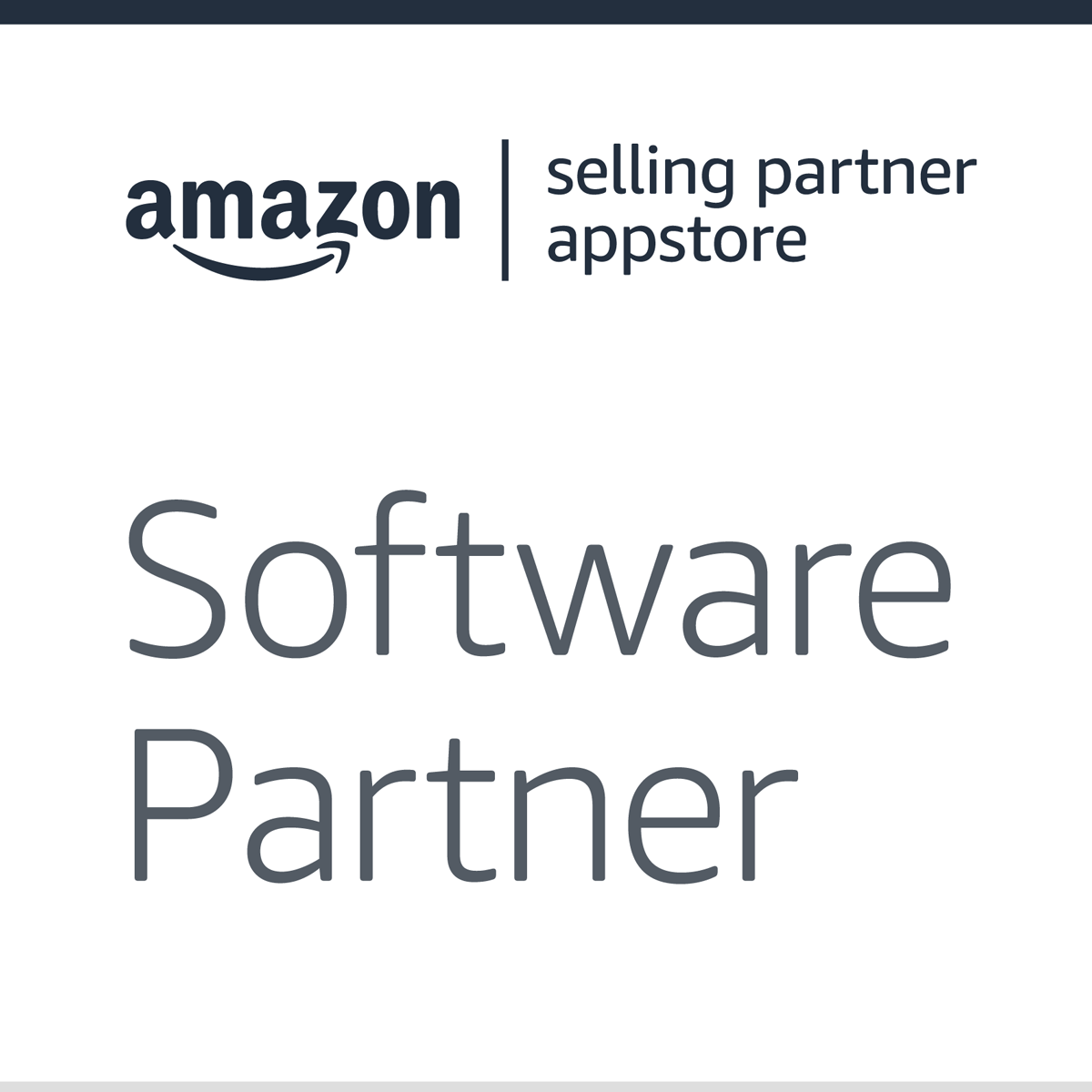Originally published on August 13, 2021, updated November 28, 2022
Menu
Join Our Email List
- Receive our monthly newsletter.
- Stay up to date on Amazon policies.
- Get tips to grow your business.
The Amazon marketplace has long been battling bad actors, and it continues to introduce new initiatives to help bolster the fight.
In February 2021, the Amazon Payment Service Provider Program was launched in an effort to thwart possible fraud and abuse involving third-party payment service providers. Money protection is a serious concern for the world’s largest online marketplace, so moving toward a smaller number of authorized payment service providers seems to be a smart move.
In this post, we’ll cover what you need to know about the program, including some key updates, and explain why it's so important to use vetted service providers for any aspect of your Amazon business.
The Amazon Payment Service Provider Program requires any seller who uses an external payment service to receive their store sales to work with an Amazon-approved provider.
Note that this policy does not apply if you do not use a payment service provider (PSP) and have elected to receive payments directly to a bank-issued account instead.
Amazon warned sellers of several key dates in the initial Seller Central announcement.
Currently, if you continue to use a non-participating PSP, you must switch to one enrolled in the program or to a bank account directly issued by a deposit-taking bank in order to receive your payments. Instructions for switching to a participating PSP and other top questions are located on the program’s official FAQ page.
Participating PSPs can be found on the Selling Partner Appstore, formerly the Amazon Marketplace Appstore and Seller Central Partner Network, under Disbursement Solutions or on the program updates page in Seller Central.
Amazon is continually working to enroll more PSPs into the program. The Seller Central page shows you fully approved participants as well as those who have met the requirements for provisional enrollment. The list is expected to be updated weekly.
PingPong is one of the participating PSPs and a proud eComEngine partner. Managing Director Kenny Tsang recognizes the importance of being selected.

We are pleased to be one of Amazon’s selected PSP participants. This is a great opportunity for international sellers to ensure they get their hard-earned money back home quickly. PingPong goes beyond simply lowering cost repatriation for sellers, acting as their one-stop shop in every facet of their needs, from paying suppliers, setting up international bank accounts, and paying VAT, to growing their network, paying employees, and international expansion. Our participation in Amazon’s PSP program positions PingPong customers in a more prominent position operationally than ever before.Kenny Tsang
Visit our partners page to learn more about PingPong and discover many other expert Amazon consultants and service providers, including a growing number of participating PSPs!
The Selling Partner Appstore is an excellent resource full of helpful software solutions for managing and growing your business. While all third-party applications have to pass a thorough Amazon review to be included, it’s important to still do your due diligence when it comes to verifying the quality of the company and its offerings.
Be sure to read reviews, explore external websites, and contact the provider with any questions or just to open a line of communication. (You can tell a lot about a company based on their support team!) Your seller account is a hugely important asset, and you want to work with a company that will protect it and always have your best interest at heart. These are both things that eComEngine takes very seriously.
If you haven’t seen us there already, eComEngine is proud to have a couple of Amazon seller tools on the Selling Partner Appstore! Our powerful automation software is used by tens of thousands of businesses worldwide and is available for multiple Amazon marketplaces.
We’re here to help you build a more profitable and efficient Amazon business. We invite you to schedule a free demo or contact us today!
Originally published on August 13, 2021, updated November 28, 2022
This post is accurate as of the date of publication. Some features and information may have changed due to product updates or Amazon policy changes.
These Stories on Business
14321 Winter Breeze Drive
Suite 121 Midlothian, VA 23113
Call us: 800-757-6840





Copyright© 2007-2025 eComEngine, LLC. All Rights Reserved. eComEngine®, FeedbackFive®, RestockPro®, and SellerPulse® are trademarks or registered trademarks of eComEngine, LLC. Amazon's trademark is used under license from Amazon.com, Inc. or its affiliates.
No Comments Yet
Let us know what you think